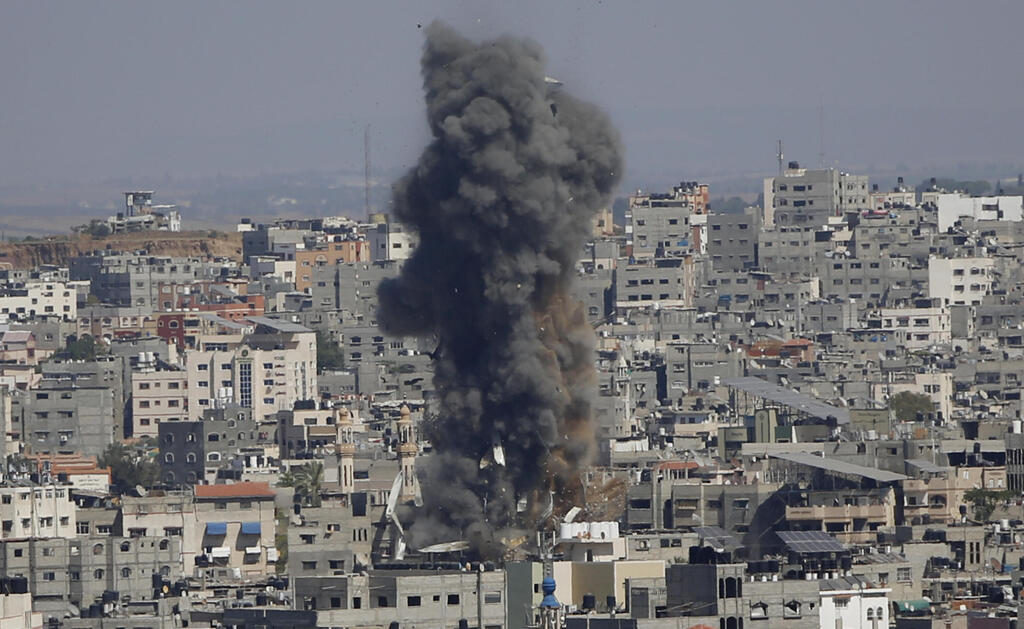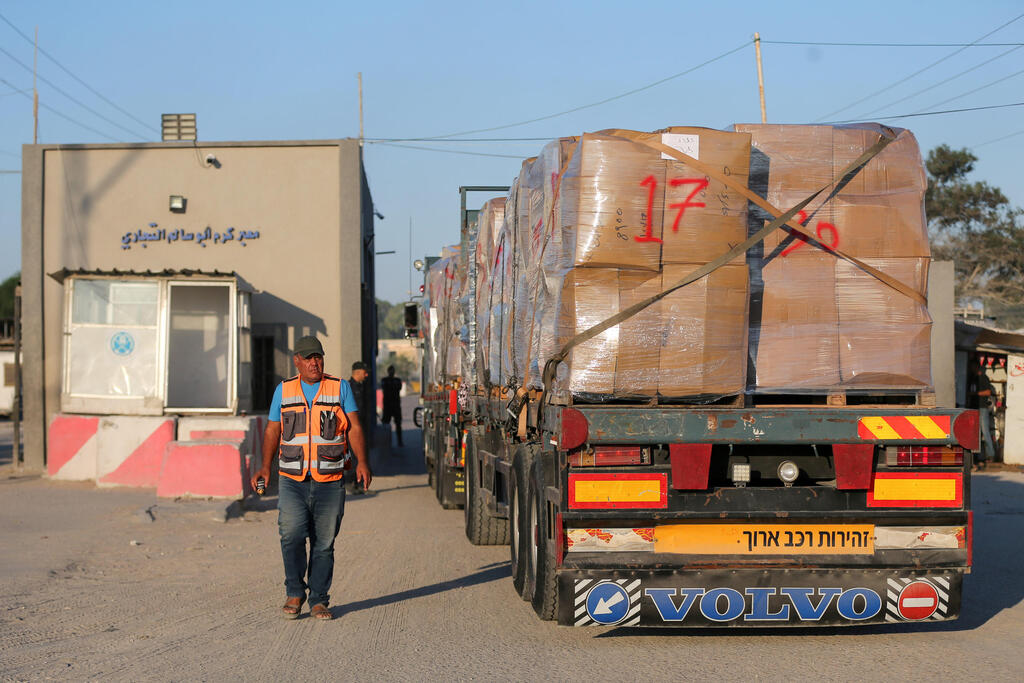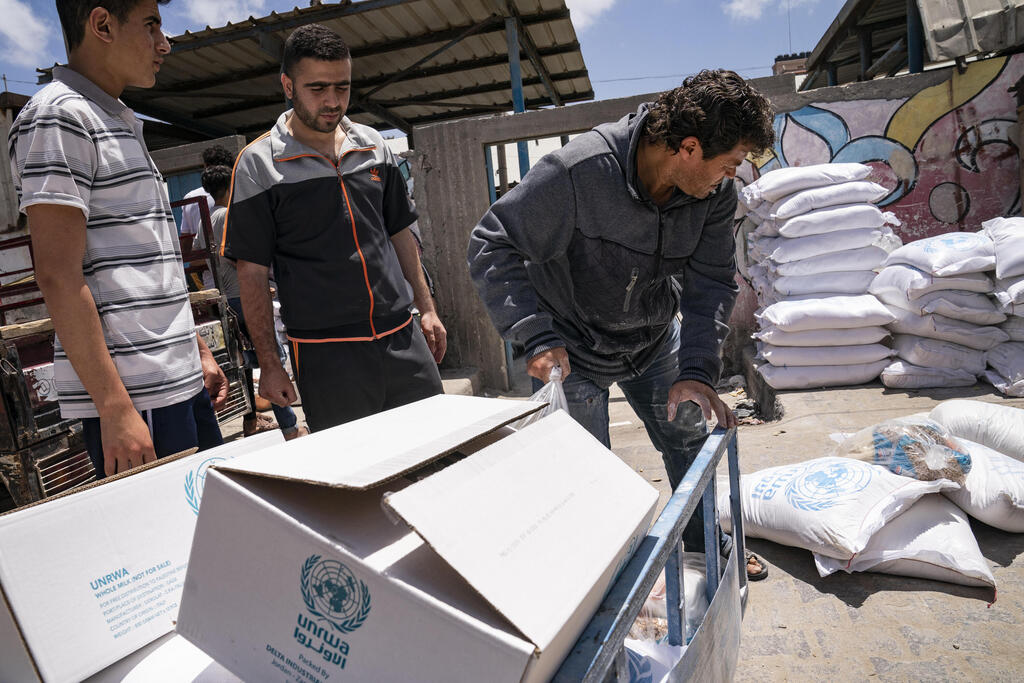A World Bank report estimates that it will cost $485 million in recovery for damage caused in the Gaza Strip during 11 days of fighting between Israel and Palestinian terror groups in May.
Rapid Damage and Needs Assessment (RDNA) conducted by the World Bank Group, United Nations (UN) and European Union (EU) said $380 million will be needed to repair physical damage and $190 million to deal with economic losses.
3 View gallery


Smoke rises following Israeli airstrikes on a building in Gaza during the fighting in May
(Photo: AP)
The Gaza RDNA was conducted immediately after the Egyptian-brokered ceasefire went into effect on May 21 in close cooperation with the Palestinian Authority and in consultation with the civil society and private sector in Gaza.
“We hope to mobilize donors’ support to help restore dignified living conditions and livelihoods in Gaza, and lead the way to recovery,” said Kanthan Shankar, World Bank Country Director for West Bank and Gaza.
The Strip has yet to fully recover from the fighting during the 2014 Gaza war. The hostilities have damaged the already faltering socioeconomic conditions.
The unemployment rate in Gaza is roughly 50% and more than half of its population lives in poverty. Following May’s hostilities, 62% of Gaza’s population were food insecure.
According to the RDNA, the estimated value of the physical damage caused by the conflict ranged between $290 and $380 million.
The social sectors were hit the most, $140 – 180 million, making up more than half of the total damage. Housing represents almost 93% of the total damage to the social sectors.
The second most-severely-affected sectors are the productive and financial sectors, with agriculture and services, as well as trade and industry at the fore.
The conflict generated economic losses from interrupted economic flows, production, and services, that ranged between $105 and $190 million. The social sectors were the most affected with about 87% of losses caused by added health and social protection costs and unemployment.
“The cessation of hostilities reached last month has largely held but remains fragile," said Tor Wennesland, UN Special Coordinator for the Middle East Peace Process.
"The UN is continuing its diplomatic engagements with all concerned parties to solidify the ceasefire. In the meantime, we are also ensuring that we do everything we can to meet the most urgent needs that would allow Palestinians in Gaza to begin the process of recovery as quickly as possible. This RDNA is an important step in that process. I appeal to the international community to come together in support of these efforts.”
3 View gallery


A Palestinian man stands next to a truck carrying clothes for export at the Kerem Shalom crossing between southern Gaza and Israel
(Photo: Reuters)
The immediate and short-term recovery and reconstruction needs during the first 24 months are estimated between $345 – 485 million, of which $125 to 195 million in the immediate term from now until the end of 2021, and $220 to 290 million in the long term.
Critical recovery needs include cash assistance to around 45,000 individuals for food and non-food assistance, providing an additional 20,000 full-time jobs for 12 months, and prioritizing housing needs for over 4,000 destroyed or partially damaged.
In addition, financial support is needed to reconstruct the damaged micro and small enterprises that provide services, goods, and jobs to the communities, with a focus on sustainable energy- and water-efficient techniques.
Hamas’ tight grip on the Gaza Strip may prove a significant hindrance in these processes.


